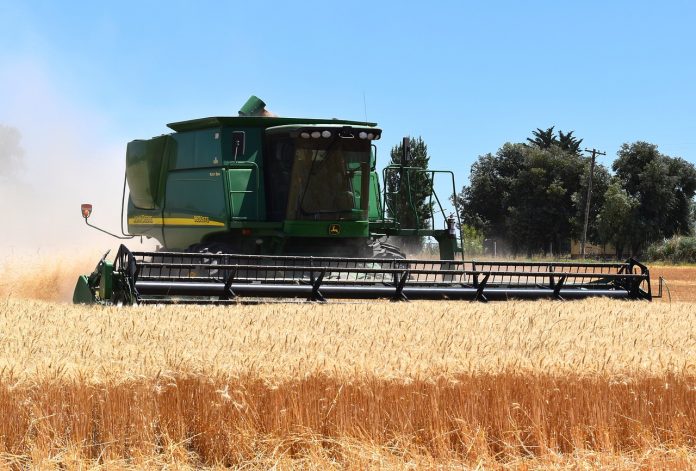All summer, the news from the Northwest Corn Belt has been about the terrible drought that has decimated crops there. In fact, the spring wheat crop was widely variable, but generally very poor, with small planted acres to boot.
Now we have actual harvest results for corn and soybeans, and farmers have frequently been pleasantly surprised at the yields coming off fields that were very dry. The most common reaction is that yields are better than expected and are credited to timely rains that saved the crops.
Yes, there are areas that are as bad as expected. But, it must be remembered that in any very good year there are bad crops in some places. We have a huge country.
At the moment, the conclusion is that the national average for corn and soybeans yields will be even bigger than originally thought. In the middle of the summer, we believed that the huge Eastern crop would overcome that bad crop in the Dakotas and part of Minnesota.
Increase in bushels
As we are now mostly through harvest in major areas, it is apparent that late disease problems in the east, exacerbated by rainy weather, have trimmed the yields in Ohio, Indiana and Illinois slightly, but late rains, especially in Iowa, have resulted in bin-busting crops of very high test weight. This was confirmed in the U.S. Department of Agriculture supply and demand report that came Oct. 12.
In that report, USDA raised the corn yield to 176.5, up 0.2 bpa. That does not seem like a lot, but it represents an increase in production of 24 million bushels, bushels we did not think we had.
Add that to a previous increase in the Sept. 30 ending stocks, which may just represent early harvest; mix in a couple of other adjustments, and we end up with ending stocks for the coming year of 1.5 billion bushels. This is four hundred thousand bushels more than some estimates just a couple of months ago.
For perspective, remember that “pipeline supply” is considered to be 1.1 to 1.3 billion bushels. The USDA raised the projected national soybean yield to 51.4 bpa, a jump of 0.9 bpa for the month.
In this case, the Eastern yields held steady, while the yields in the west were seen to gain. This resulted in a new ending stocks projection of 320 million bushels, helped again by gains in the Sept. 30 stocks report.
Ohio’s harvest progress, as usual, lags behind the national numbers. Ohio finished the evening of Oct. 17 with 25% of the corn harvested, against an average of 29% for this date. The nation is at 52%, actually ahead of the normal 41%.
The Ohio soybean harvest is right on pace, with 54% harvested against a 57% average. The U.S. is at 60%, ahead of the normal 55%.
Wheat market
Forgotten this time of year is the wheat market. Spring wheat has led the world higher since Hard Red Spring wheat really has no significant substitute. Minneapolis futures prices are approaching $10, with no real end in sight.
Chicago SRW futures, the most common wheat, were at $7.43 the morning of Oct. 19. We were at $7.861⁄2 Aug. 2. In June of 2020, we were at $5.14, and thought that was a high price!
The harvest is not over, so these current estimates are just that, estimates. Still, historically we can expect to see little change from here to the January “inventory report.”
After all the summer hype, the crops are better than expected, but carryout projections are low enough that we still see good sales opportunities into the summer months ahead.
We have reason to believe that our exports will be larger than projected and that the strong ethanol market will consume more corn than currently expected.
This is looking to be a two-year period of prosperity, limited only by the astronomical costs of fertilizer, especially those types using natural gas in the production process.
We have cut production of crude, due to government policy. We are exporting record amounts of natural gas and propane. High prices may not actually be high prices as long as the petroleum industry is struggling with supply.












